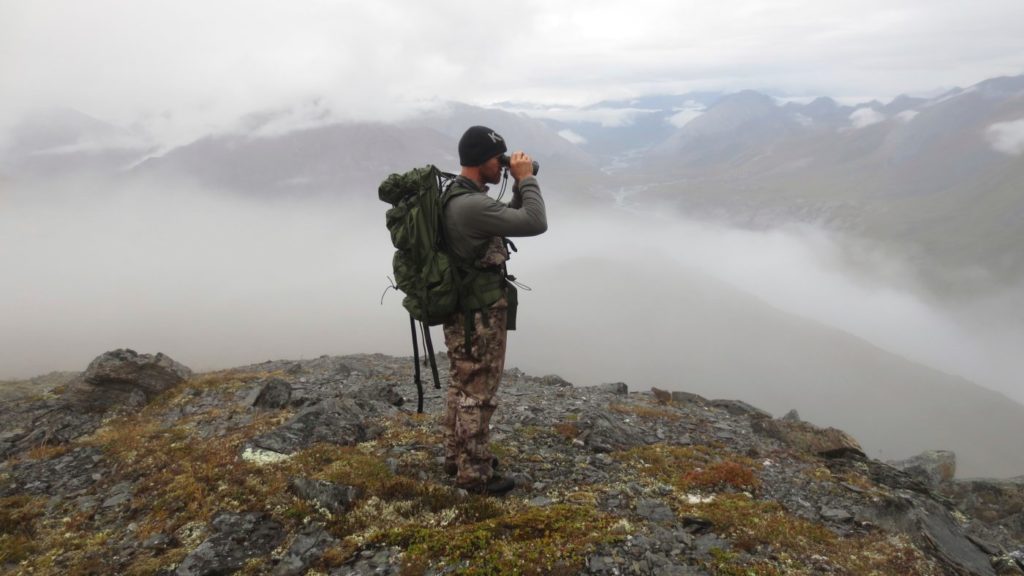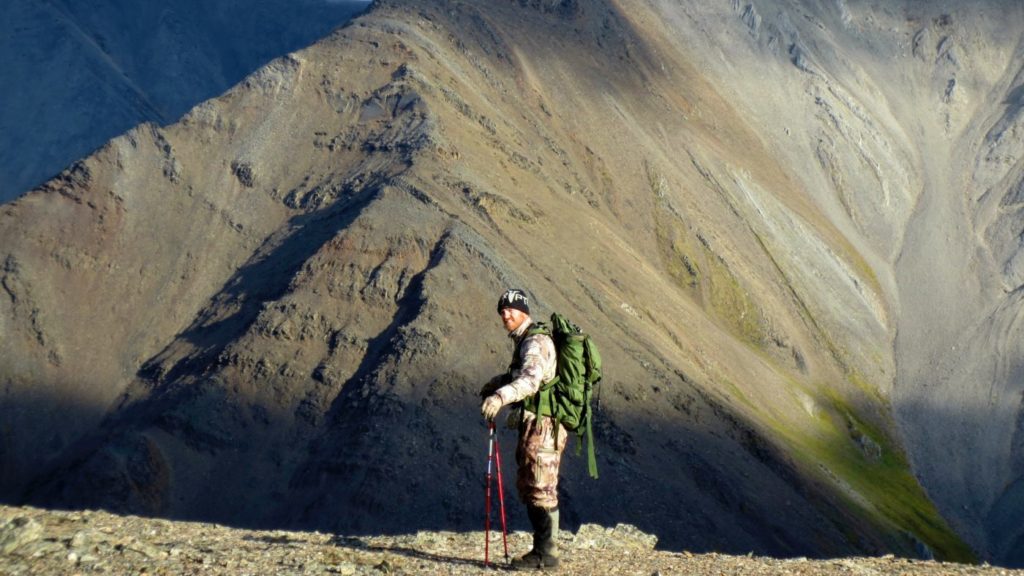Feature Image Photo Credit Dave Anderson Photography
Relevance
Every year 30 million people find themselves in Resort towns 6500-9800 feet. Tens of thousands of climbers, trekkers, and skiers worldwide ascend to elevations from 9800ft to 18,000ft, often at a rate that exceeds an individual’s ability to acclimatize. As hunters we fit somewhere amongst these statistics and unless we understand the physiology of what is happening to our bodies and how to avoid and treat altitude illness, we are vulnerable to becoming just that…another statistic.
What is Altitude Sickness?
Altitude Sickness is the pathological effect of high altitude on humans, caused by the acute exposure to low partial pressure of oxygen at high altitude. There are three main Altitude Illnesses:
- Acute Mountain Sickness (AMS),
- High Altitude Cerebral Edema (HACE)
- High Altitude Pulmonary Edema (HAPE).
The latter two are late stages of AMS and can be life threatening if left untreated. Anyone traveling above 8,200ft is at risk for getting AMS, and susceptible individuals can get it as low as 6,500ft.
Oxygen at High Altitude
At altitudes below ~70,000 feet the fraction of oxygen in inspired air remains constant at ~21%. So if the amount of available oxygen doesn’t change with altitude, why is it harder to breath at higher altitude?
The answer is that the fall in atmospheric pressure at higher altitudes decreases the partial pressure of inspired oxygen. The partial pressure of inspired oxygen is the driving force of the diffusion of oxygen and gas exchange in the lungs. At low pressures of inspired oxygen, a cascade effect occurs leaving all of the body’s tissues, vital organs, and right down to the cell’s mitochondria in a state of oxygen deprivation. So you see it’s not that the “air is getting thinner” like most people are led to believe, it’s that the pressure is getting lower. That is the reason that people have a more difficult time breathing and working at higher altitudes.
Risk Factors
- Past history of Altitude Sickness
- Rate of Ascent
- Vigorous Exertion prior to Acclimatization
- Lack of Acclimatization
- Substances (Alcohol) that interfere with acclimatization
- Comorbidities that interfere with inspiration or circulation; (neuromuscular diseases or pulmonary hypertension).
Signs and Symptoms
There are many conditions that mimic altitude sickness such as exhaustion, hypoglycemia (low blood sugar), dehydration, hypothermia, and hyponatremia (low serum sodium). It is important to eliminate these conditions, but when at high altitude one must consider altitude sickness. Think of altitude sickness as a cascade of symptoms. As the individual feels worse the priority for treatment becomes much greater. I will break the symptoms down into four categories, all getting more serious with each progression.
- Mild AMS
- Headache plus 1 or more of the following:
- Nausea/Vomiting
- Fatigue
- Dizziness
- Difficulty Sleeping
- Headache plus 1 or more of the following:
- Moderate to Severe AMS
- Headache plus 1 or more symptom of moderate or severe intensity:
- Nausea/Vomiting
- Fatigue
- Dizziness
- Difficulty Sleeping
- HACE (Swelling of the brain)
- Worsening of symptoms seen in #2, plus:
- Unsteady Gait
- Altered Mental Status
- Confusion
- Worsening of symptoms seen in #2, plus:
- HAPE (Fluid in the lungs)
- Similar to Bronchitis
- Persistent Cough, dry at first then productive
- Fever
- Shortness of Breath even at rest
Prevention
Have you ever heard the saying that an ounce of prevention is worth a pound of treatment? Well nothing could be truer than when dealing with altitude sickness. The number one prevention method for avoiding altitude sickness is Gradual Ascent. A good rule is above 9,800 feet your sleeping altitude should not be increased by more than around 1,600 feet with a rest day planned every 3 – 4 days. This will place the odds in your favor of avoiding altitude sickness. If you are planning to ascend to very high altitudes (11,500 to 18,000 feet) or extreme altitudes (above 18,000 feet) pre-acclimatization and a staged ascent must be part of your plan. Spending 6 – 7 days at a moderate altitude (7,200ft – 9,800ft) before proceeding to higher altitudes while practicing the sleeping altitude rule. This is why climbers spend so long at basecamps ascending and descending preparing their bodies for their summit.
Medications
Acetazolamide (Diamox) at a dose of 125mg twice daily has been shown to help in AMS prevention. It must be started 24 hours prior to the start of a trip and can be stopped 2 days at the target elevation. Ibuprofen and Ginko Biloba have shown some data that reveal some preventative properties but the debate continues. Indigenous people in the Andes have used coca leaves, coca tea, and other coca products for centuries but it has never been studied. Forced hydration shows no benefit and can cause more harm by increasing the risk of hyponatremia or low sodium levels in the blood.
Treatment
Just like gradual ascent and pre-acclimatization are the best prevention methods, the number one treatment for altitude sickness is DESCENT. If symptoms occur descending 1,000 to 3,000 feet is the gold standard of treatment. Depending on the situation this may or may not be feasible. Dexamethasone at 8mg starting dose then 4mg every 6 hours until symptoms resolve or descent is possible is the medication of choice. Acetazolamide can be used at 250mg twice a day for treatment but it is better used for prevention than treatment.
About the Author:
Ryan Clairmont is an avid outdoorsman who has spent the last 17 years serving his country. He served nearly 11 years as a commissioned officer in the U.S. Army where he became a Physician Assistant. He currently serves on active duty in the U.S. Public Health Services Commissioned Corps working for Indian Health Services and resides in Tucson, AZ with his wife Kristy and two daughters Madison and Taylor. He is the Operations Officer for Train to Hunt, a fitness company dedicated to getting hunters physically and mentally ready for their hunting adventures and a nationwide archery fitness competition called the Train to Hunt Challenge.



